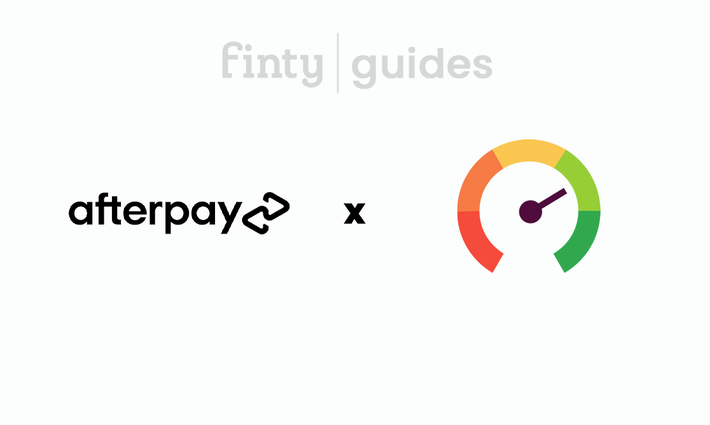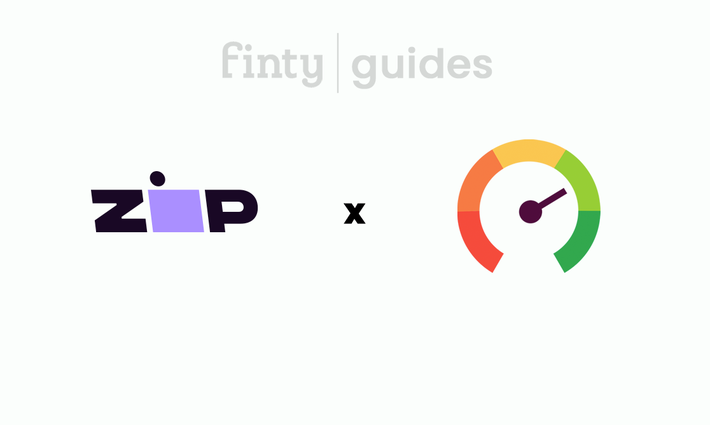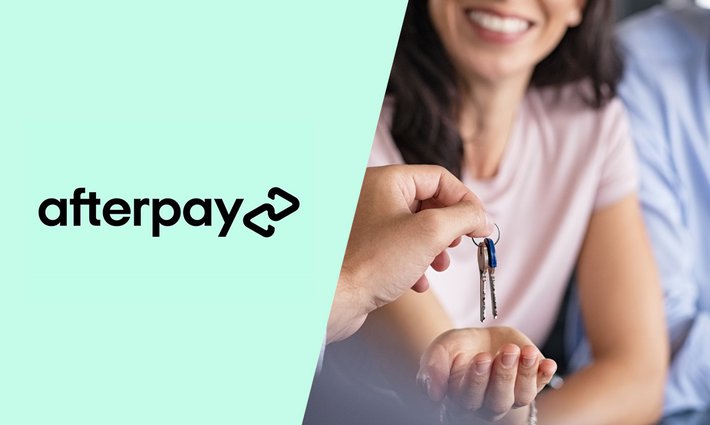Buy Now Pay Later (BNPL) is an increasingly popular retail payment option, becoming ubiquitous among shoppers of all ages. Here’s how it works.
There are various BNPL options in-store and online. Through these payment platforms you can take home your item immediately and repay the purchase amount in instalments over several weeks, without paying any interest charges (although there are other fees involved). Many of these payment platforms are available at over 20,000 bricks-and-mortar or online stores across Australia (even more internationally, with some BNPL providers), and are accessible on Android and iOS platforms.
How it works
BNPL services offer an intermediary finance service between retailers and their customers. Customers can link their debit or credit card to their BNPL account, usually with immediate approval in-store or online. Some payment services will make a 'soft' credit enquiry – a request for your credit history that will not affect your credit score – before opening your account. Once your account is approved, payment instalments are automatically charged to your debit or credit card.
No interest, but fees apply
The BNPL platforms don't charge shoppers any interest, although they do levy a fee from merchants who offer it as a service. An entirely interest-free finance option, the only costs involved are the cost of the item itself and late fees on any missed instalments if there are insufficient funds in your linked bank account (via your debit card) or not enough credit left on a maxed-out credit card. However, if you are using a credit card with the platform, you will incur interest charged by your credit provider if you don't repay the full credit card account balance on the due date.
Depending on which BNPL service you are using, there may be other fees charged, such as:
- Credit establishment fee
- Monthly account-keeping fees
- Payment processing fees
- Early exit fee
Even though no interest is charged, it can be quite easy to rack up considerable fees when using BNPL services, so carefully check the terms, conditions and fee schedule of each payment service before deciding which one to use.
Setting up and using your account
Suppose you find yourself short of cash while shopping. You could choose to put all or part of the purchase price of an item on a BNPL account. You'll need to be at least 18 years old to open an account. Once you've chosen your provider you may need to download their app (unless you're shopping online) and link a valid debit or credit card issued in your name. The service will break up the payment into equal instalments payable over a number of weeks. For future in-store shopping you may need to use a personal barcode in your phone or simply sign in to your account when you're at the cash register.
Increasing your spending limit
The payment service you've chosen won't necessarily approve every purchase you want to make. But the more you use the service and keep up with payments, the greater your approved purchasing capacity will become.
Buy Now Pay Later platforms available in Australia
It's a competitive market with plenty of players. Afterpay and Zip Pay are the market leaders and have the largest number of Australian participating retailers, but there are other options:
- Afterpay. Pay the purchase price in four equal fortnightly instalments. If your purchase is over $500, you'll need to pay the first instalment immediately. There's a $10 fee if any instalment is late and a further $7 fee if you still haven't paid a week later.
- Zip Pay. Open an account with a minimum credit limit of $350, maximum $1,000. Repayment plans are flexible – whether you pay off instalments weekly, fortnightly, or monthly is up to you. You get up to 60 days fee-free, but a $6 charge applies should you have an outstanding balance on the first of every month in the month following your purchase. A late payment fee of $5 is levied for payments 21 days past due. Minimum repayment $40 monthly.
- Humm. Minimum loan $1, maximum $30,000. Users get instant access to purchases by agreeing to five fortnightly payments or ten weekly payments. With the app, Humm users can get their hands on products and services worth up to $10,000 each, with up to 24 months to foot the bill. There are no fees for small purchases repaid over 2.5 months, but there's a $6 late payment fee, and establishment fees and monthly fees may apply for larger purchases and longer repayment periods.
- Klarna. Online shoppers settle purchases (available from 200,000 online retailers worldwide) in four interest-free instalments every two weeks. A $3 late fee applies for purchases under $100, or $7 for purchases over $100.
- Openpay. Use in-store or online and pay in up to two months with no processing fees, but fees apply to longer repayment terms and higher amounts, as well as to late payments. Works with traditional and online retailers as well as some medical services, vets, car repairers and other suppliers.
- LatitudePay. Shop at stores like Harvey Norman and The Good Guys and repay in 10 weekly instalments with no interest. Late payment fees apply.
- Brighte. BNPL for home improvements and solar energy and battery installations.
BNPL vs credit cards
Millennials in particular are switching to BNPL services in preference to credit cards, perhaps because it's digitised and app-driven, whereas credit card payment can be a bit clunky by comparison. And the main perceived advantage of BNPL is that it's interest-free, whereas credit cards charge interest if you don't repay your full balance once the 44 or 55 interest-free days have expired. But, depending on the service you choose, the size of your purchase and the time taken to repay, it's possible to end up paying more in BNPL establishment fees, monthly fees and late payment fees than you would pay in interest on a traditional credit card. Plus, you typically don't have the option of earning rewards points with BNPL. Read more in our informative article Afterpay vs credit cards.
BNPL vs debit cards
The main advantage of using a debit card is that you're paying for purchases directly with your own money, and avoiding the temptation of getting into debt. But once you link your debit card to a BNPL service, you've created a means of impulse buying with your debit card. So if you want to access buying on credit you should consider whether a credit card might be a better option than BNPL. Provided you always repay your credit card balance in full and on time, you could benefit by earning rewards points and accessing complimentary benefits not available with BNPL or a debit card.

















